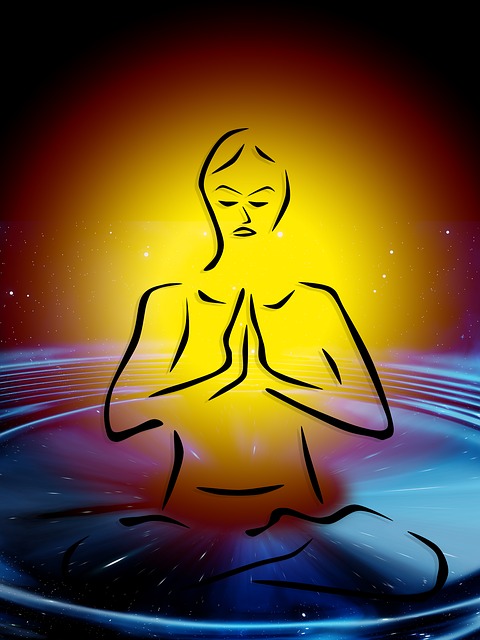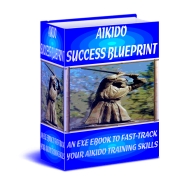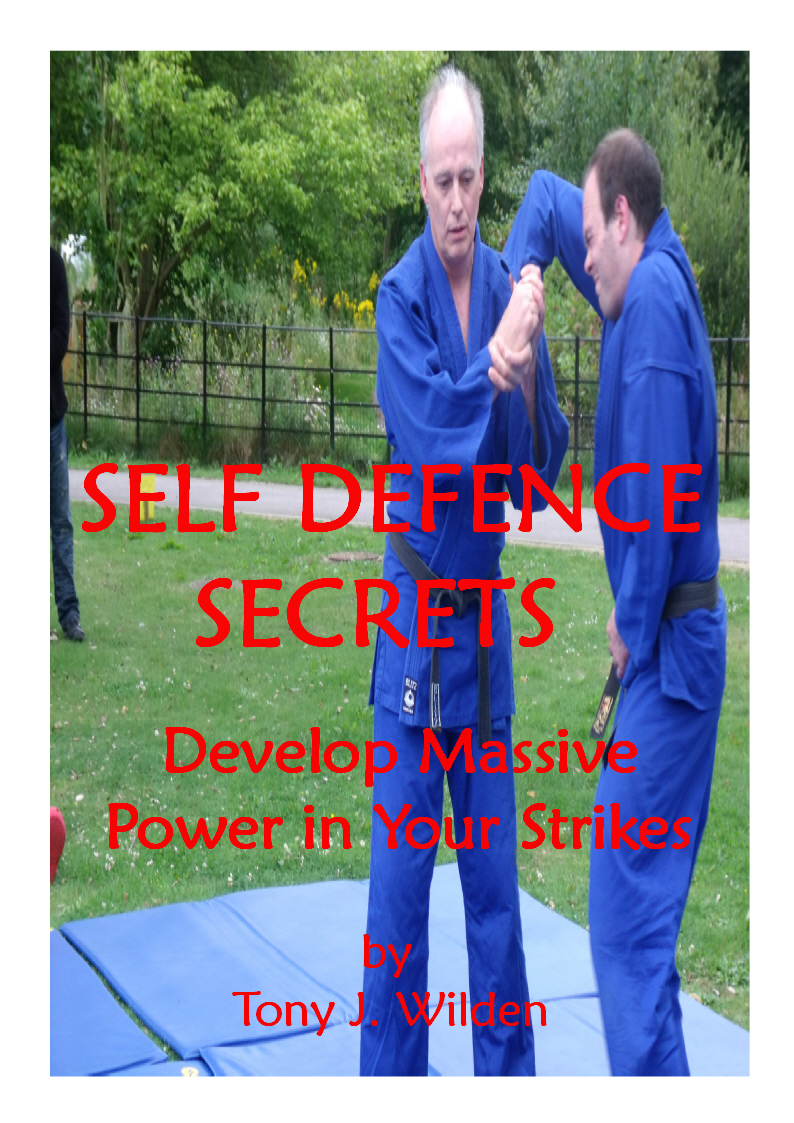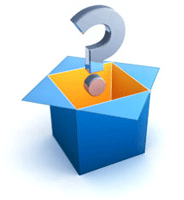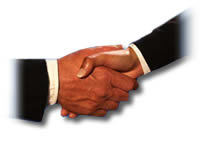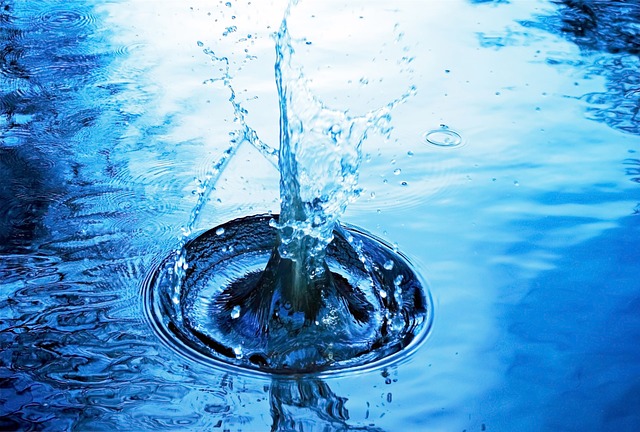Master Kisshomaru Ueshiba
and the Aikikai Foundation!

Master Kisshomaru Ueshiba (1921–1999) was the son of the founder of the Japanese martial art of aikido, who became the international leader.
Kisshomaru was born in Ayabe in Kyoto Prefecture on June 27, 1921 as the 4th child and 3rd son of Morihei Ueshiba O'Sensei
The founder, at the time, was living with his family near the Omoto-kyo Center in Ayabe where he was an active participant in the religion.
Morihei Ueshiba trained a few students in a small dojo, known as the Ueshiba Juku, located inside his home. It was here that the famous Daito-ryu Aiki Jujutsu teacher Sokaku Takeda came and spent several months in 1922.
Morihei Sensei moved with his family to Tokyo in 1927 where Kisshomaru Ueshiba completed his education. He said...
" By around 1936 it had become my duty to take sword ukemi
for my father when he went places to give demonstrations.
I practiced a little kendo... and also old-style Kashima Shinto-ryu "
In the 1938 training manual Budo, published by Morihei, Kisshomaru Ueshiba appeared in many of the technical photos as his uke.
After completing high school, he enrolled in Waseda University and graduated with a degree in economics in 1942. At this time, the founder retired to Ibaragi Prefecture, entrusted Kisshomaru with the operation of the Kobukan Dojo.
By that time, the dojo nearly empty of students and Kisshomaru's duties largely administrative. It was also in 1942 that the term 'Aikido' was officially adopted in compliance with the policy of name standardization then being advocated.
In addition to the loss of students, the dojo was in physical danger due to the bombardment of Tokyo. On one occasion, while still a student at University, Kisshomaru, with the assistance of several neighbors, barely succeeded in saving the dojo from burning down in the fire-ravaged area of Shinjuku.
Immediately after the war, martial arts practice was prohibited by the Allied Forces General Headquarters and Kisshomaru Ueshiba opened the doors of the dojo to one hundred people who were left homeless in the wake of the conflict.
He divided his time between Tokyo and Iwama during this period. When practice did resume in Tokyo on an informal basis, few students attended since the major concern of most people was simply survival.
But by 1948, the Zaidan Hojin Aikikai, the successor of the Kobukai Foundation, was established and little by little the dojo revived.
With a wife, two children, and hungry uchideshi to feed, Doshu was employed full-time at a securities company and taught aikido morning and evening. His father remained in Iwama training a few close students Morihiro Saito.
As practice in Tokyo gained momentum, Kisshomaru started to direct part of his efforts toward the spread of aikido to a public almost totally ignorant of the art.
A major turning point was a large demonstration held in the Takashimaya Department Store in 1956, where for the first time senior instructors demonstrated along with the founder.
Aikido Success Blueprint shows you how to fast-track your skills!
Master Kisshomaru Ueshiba
Promotes the Aikikai Foundation
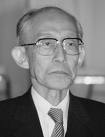
Kisshomaru Ueshiba authored his first book, appropriately titled Aikido, in 1957 and more than twenty others have followed at regular intervals.
The growth of aikido continued steadily and
dojos sprang up in cities and schools all over Japan. The name aikido
began to be familiar to the Japanese public who could by now at least
identify it as a martial art.
The next major frontier lay outside of Japan. Kisshomaru began sending young, talented teachers abroad to set up dojos. He traveled to America in 1963.
By the mid-1960s, large numbers of trainees crowded the mats of the Aikikai Hombu Dojo, together with scores of foreigners who streamed to Japan to train at the mecca of aikido.
The founder, although now in Tokyo much of the time, was already in his eighties and Kisshomaru Ueshiba and Koichi Tohei were the major figures.
Following
O-Sensei's death in 1969, a rift between the new Doshu and Tohei, who
was head of the instructional staff, gradually developed, and the latter
left the Hombu to establish his own school in 1974.
By the mid-1970s aikido had grown and Doshu and the senior shihan of the Aikikai decided to create an International Aikido Federation.
National
federations were recognized in numerous countries and the overall
organization came under the control of the Zaidan Hojin Aikikai. Doshu
became busier than ever, his duties took him to U.S.A., Europe, and even South America.
In 1977, Doshu's book, Aikido Kaiso: Morihei Ueshiba
was published by Kodansha and was considered the most
authoritative work on his father's life. At the same time his son, Moriteru Ueshiba, was groomed as the 3rd Aikido Doshu.
Doshu's
approach to aikido emphasizes soft, rounded movements. In philosophical
terms, Doshu himself eloquently summed up his thoughts regarding the
art created by his father with these words...
" The movements of aikido are in perfect accord with the movements
of the spirit. If one talks about spiritual matters or
throwing his opponent without harming him
after having struck and kicked him, it's not convincing.
In aikido, we strengthen the body and mind through
soft
movements which are in harmony with nature. "
Kisshomaru Ueshiba was extremely active and he gave frequent demonstrations and lectures both in Japan and abroad. He regularly taught at the Aikikai Hombu three days a week. More Info at Aikikai Foundation
Has this page been useful to YOU? It may benefit other people too! Please go ahead and pass it on - Share via the Link Bar below - many thanks!
Sick of the Elite Control System? Unplug from the Matrix Now!

